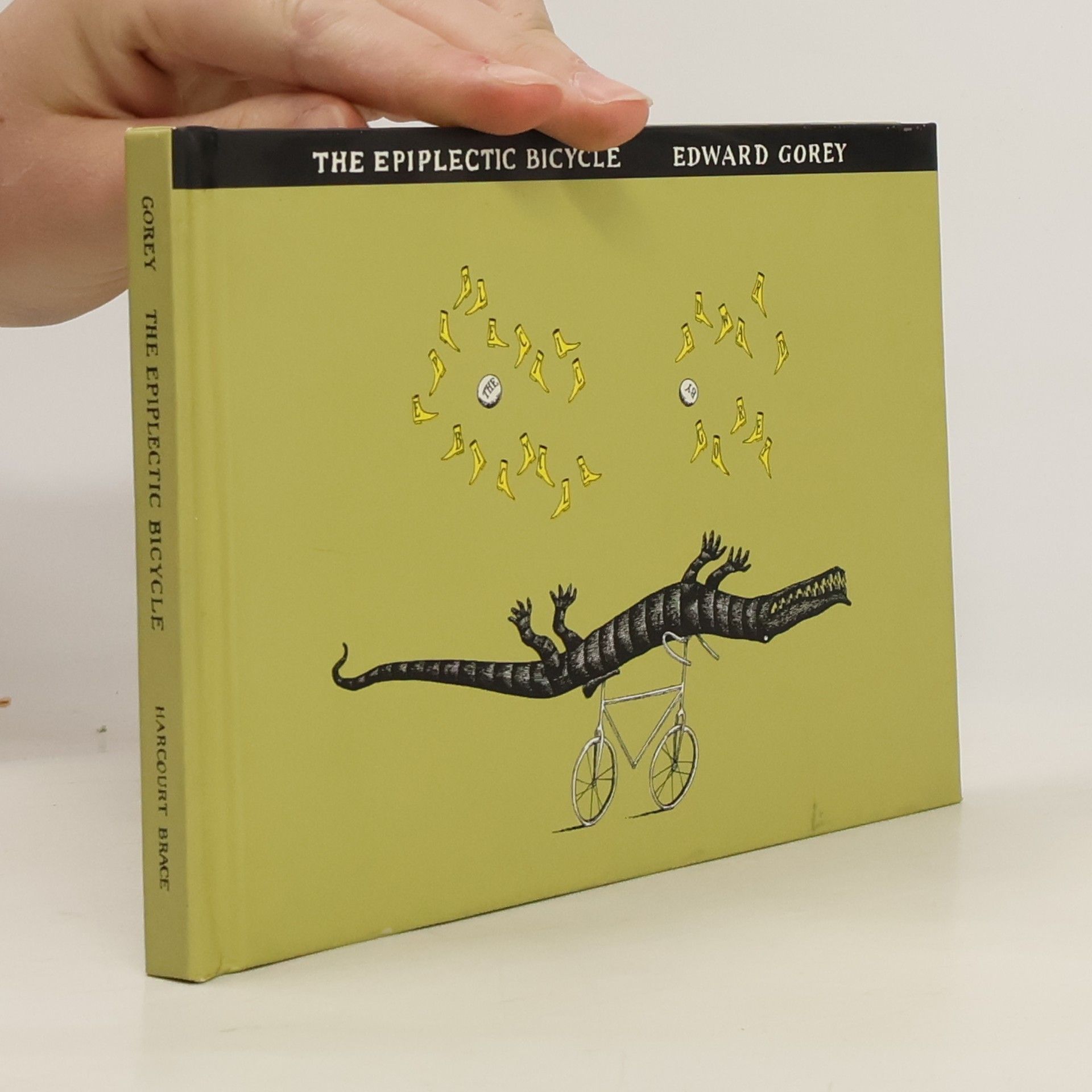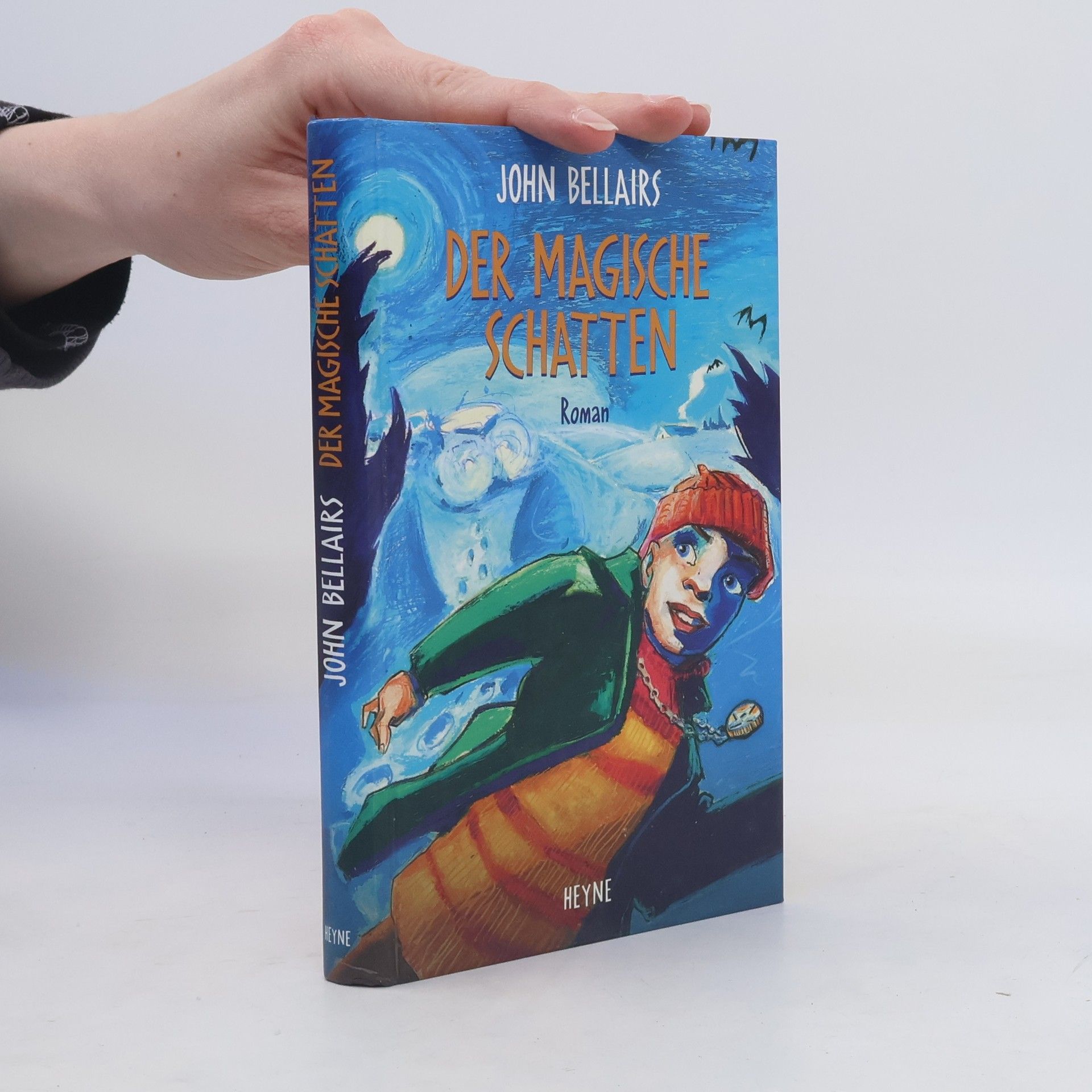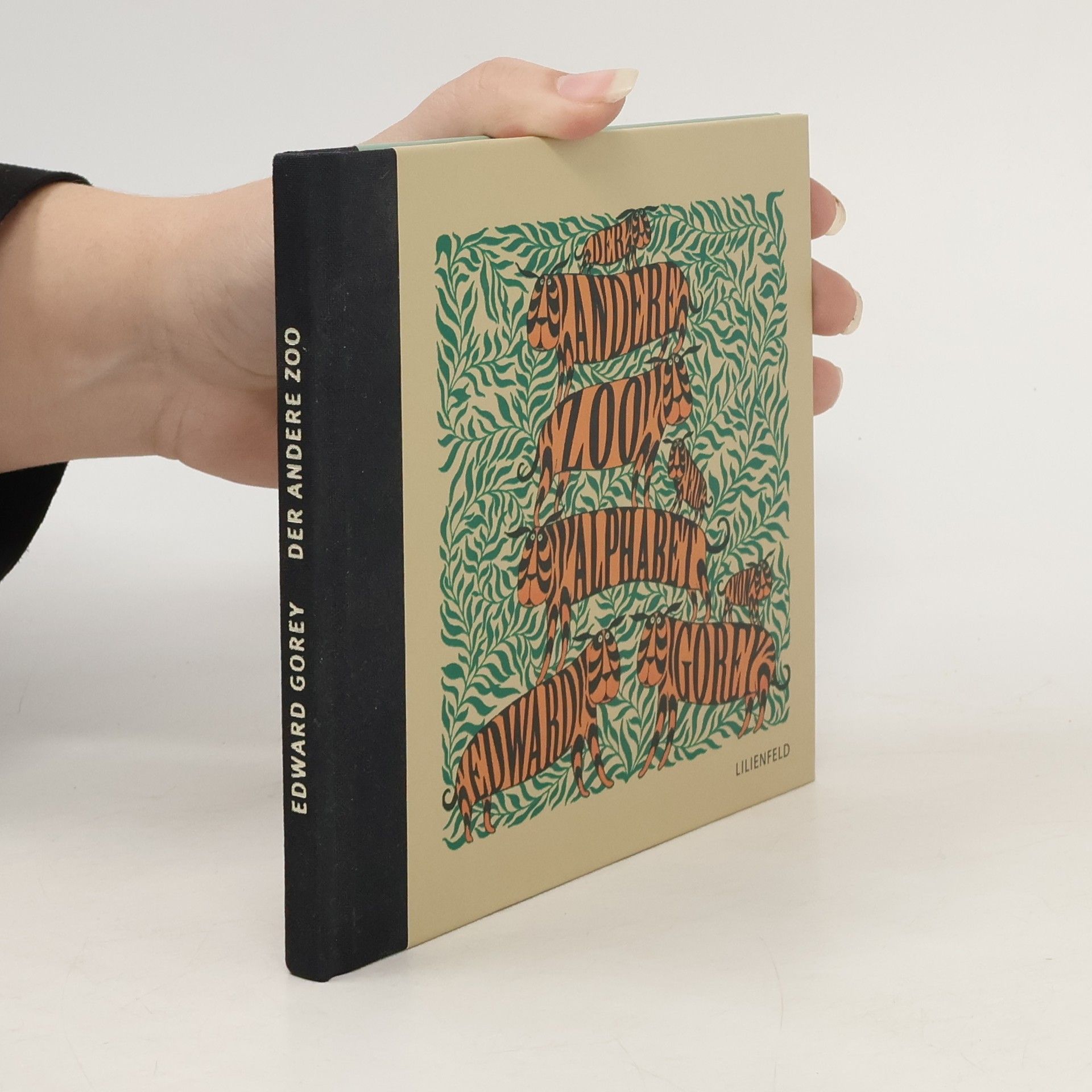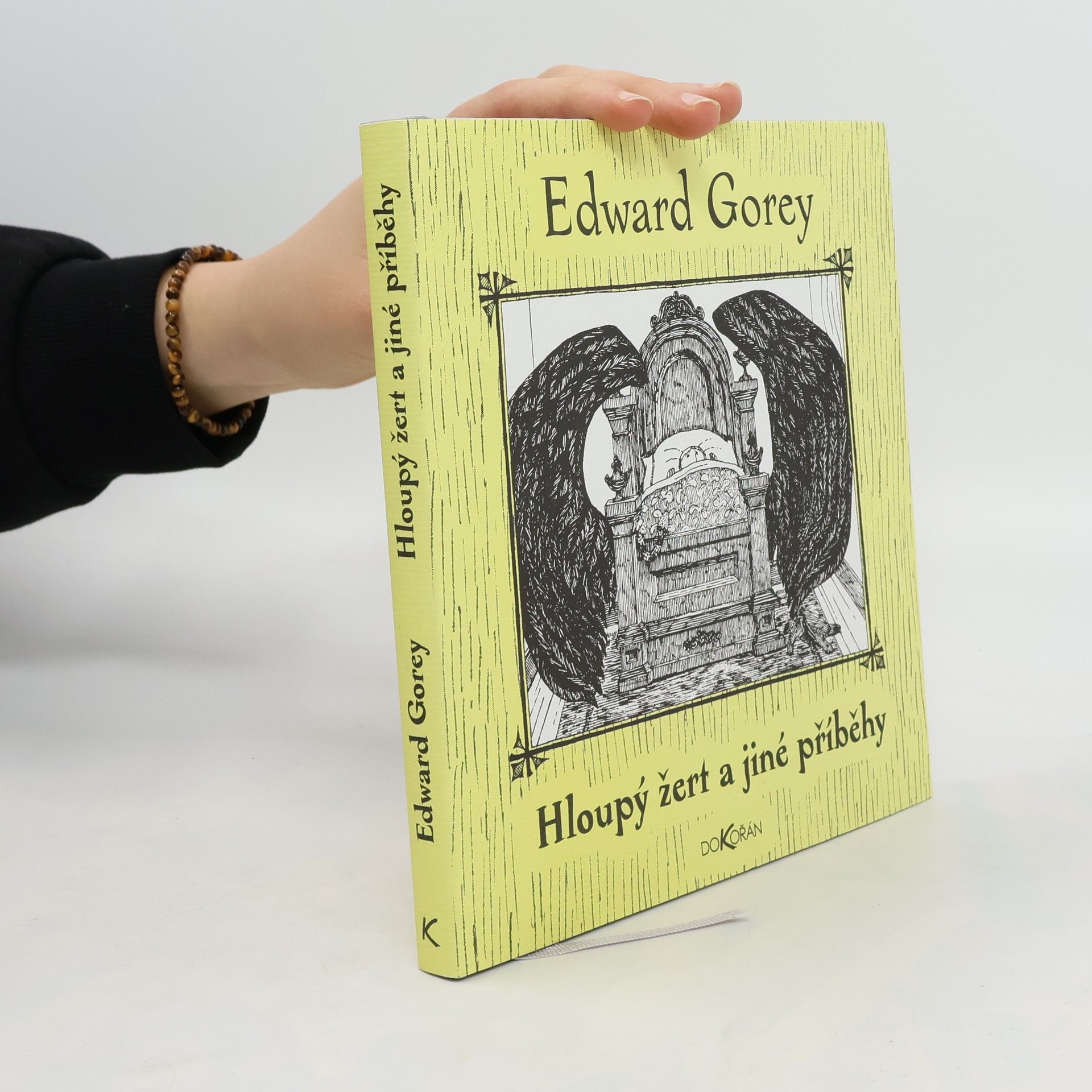Die unbekannte Rübe
- 32 pages
- 2 hours of reading
Vegetarischen Menschen zur Warnung, Fleischabhängigen zum Trost: Auch Gemüse kann gefährlich sein! Eine elegante Frau. Eine anziehende Pflanze. Eine bittere Lehre. Edward Goreys fein gezeichnete Rübenfabel in der ersten deutschen Übersetzung von Büchnerpreisträger Clemens J. Setz. Filda ist eine alleinstehende Dame in einer großen Stadt irgendwann zu Beginn des 20. Jahrhunderts. Sie kocht gern, und ihr täglicher Spaziergang ist ihr wichtig. Auf einem dieser Gänge stößt sie auf ein auffälliges Pflänzchen, das ungewöhnlich schnell wächst und sie magisch anzieht. Was hat sie da entdeckt? Vielleicht ein besonders schmackhaftes Gemüse? Filda wird es bald erfahren.







